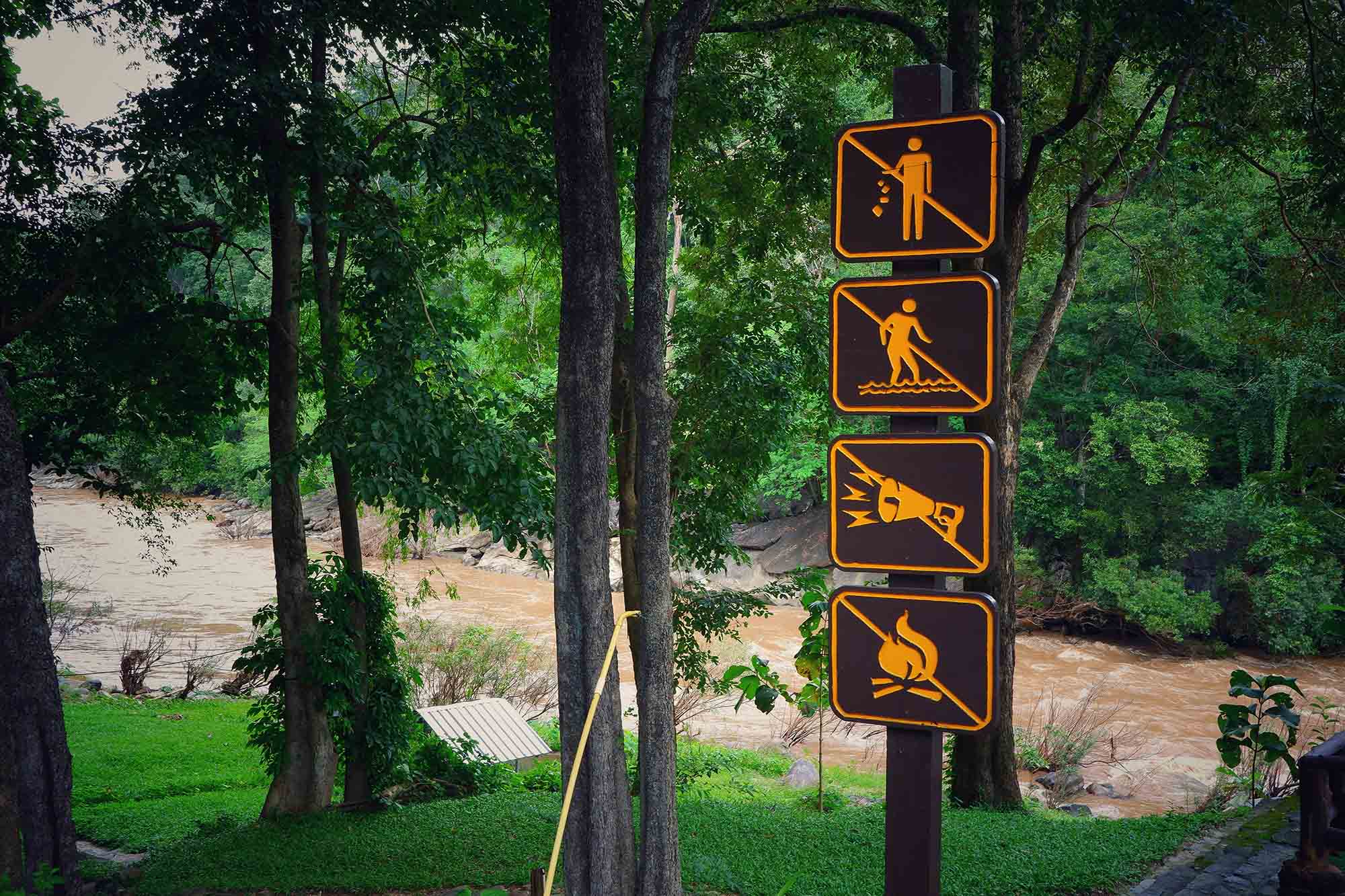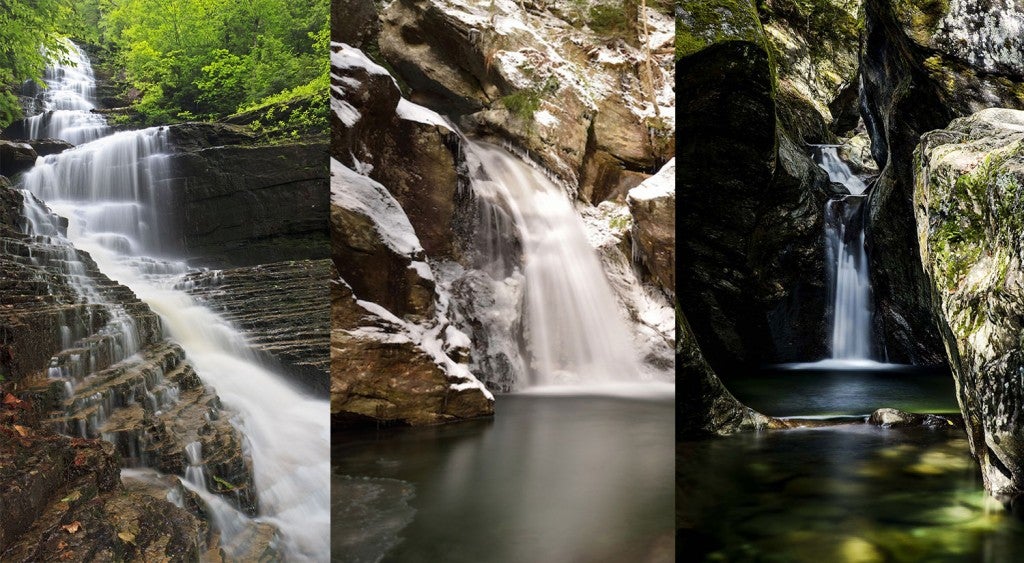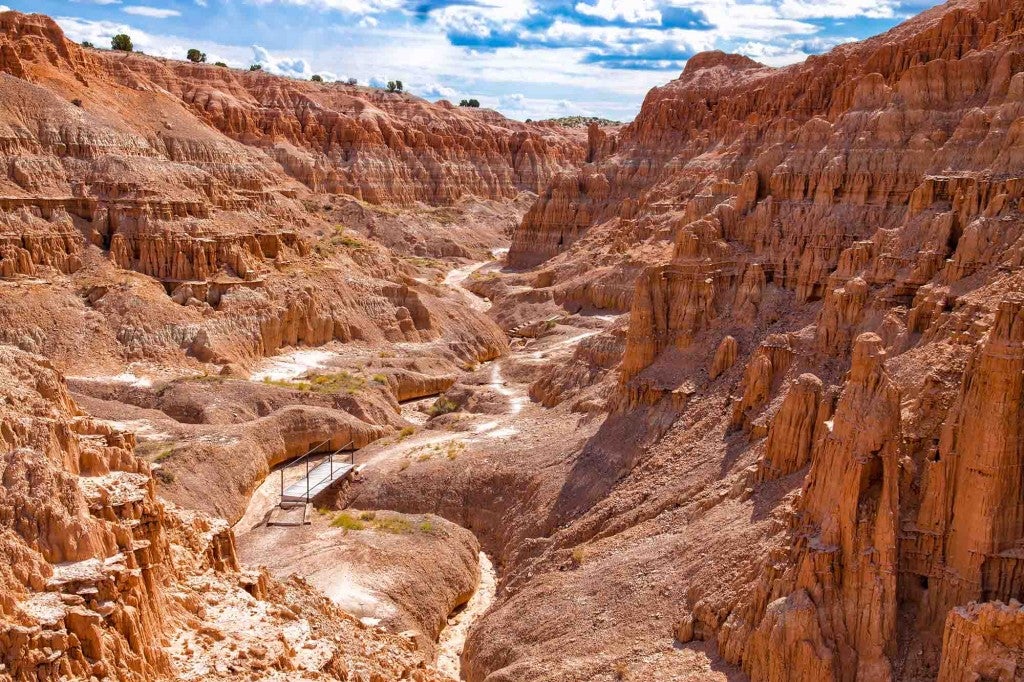I don’t mean to brag, but our nation’s national parks are truly the best. In 2018, the parks saw over 315 million visits. To put that in perspective, that’s nearly equal to the number of active users on Twitter in the whole world. With that kind of volume, you know the odds are that some of those visitors will, inevitably, break national park rules.
Most people mean well. They’re curious, trying to have a good time, or capturing content for their Instagram followers. Despite those (mostly) benign intentions, every year at least a handful of people are arrested, injured, or killed because of bad behavior. And they aren’t the only victims—the environment, animals, and park infrastructure often take the biggest hit.
It doesn’t have to be this way, however. If everyone follows a basic guidelines like Leave No Trace, plus a few essential rules for staying on your best behavior in national parks, you can leave these places better than you found them, and stay safe and avoid national park rules at the same time.
10 National Park Rules We Should All Follow
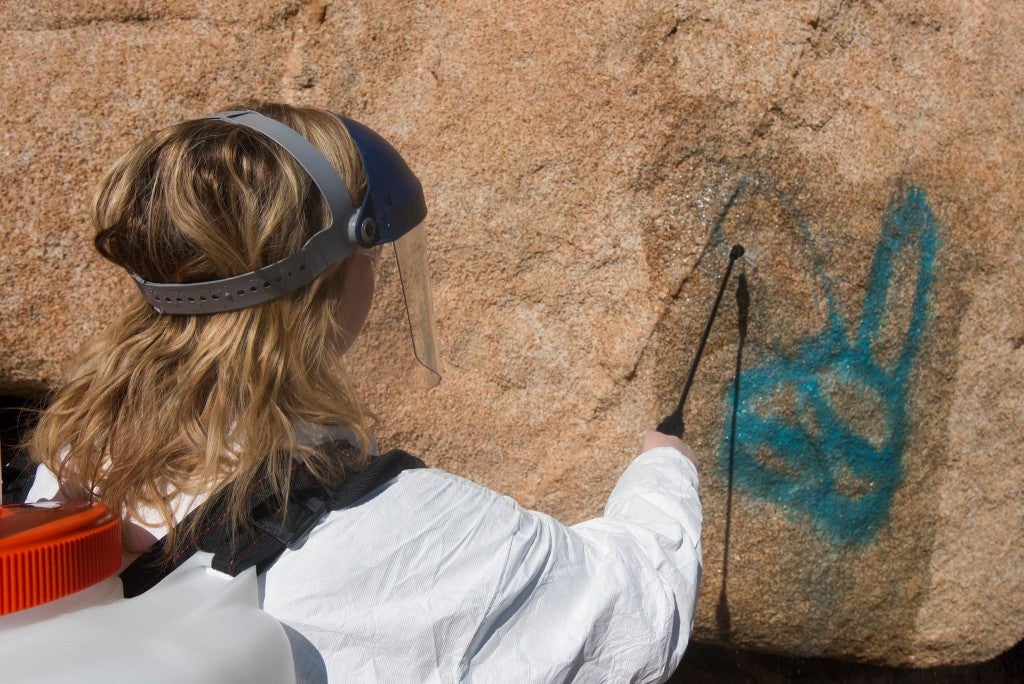
Image from Joshua Tree National Park
Here’s your blueprint for following national park rules and being an upstanding guest in Mother Nature’s habitat. If we can all be good models, we can cut down on the kind of undue wear and tear caused during the government shutdown—which ranged from an over-accumulation of trash to purposeful vandalism of Joshua trees. That saves money and volunteer hours spent on things like national park restoration, not to mention search and rescue efforts necessitated by falls and other accidents in national parks.
1. Never Approach Wildlife
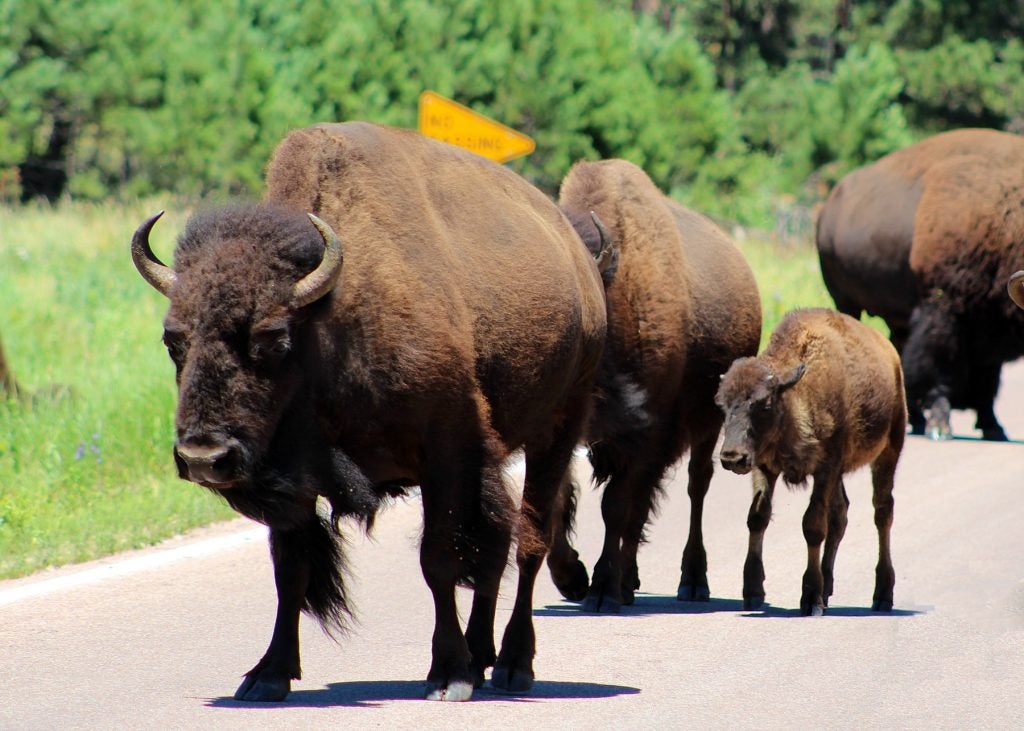
Image from The Dyrt camper Celina M.
They can be hard to resist, with their fluffy ears and big doe eyes. But underneath that cute appearance, wild animals are very, very dangerous. A grizzly bear can crush a bowling ball in its adorable maw. That dopey bison can run up to 40 mph. Cougars can jump over 20 feet, and even mountain lion kittens will stalk grown adults. With the importance of protecting these animals (and yourself), this is one of the most important national park rules
When we visit national parks, we’re in these wild creatures’ home. You probably wouldn’t like if several thousand people busted into your house demanding a selfie, and the animals don’t always appreciate it, either. As visitors, we should tread respectfully. You can appreciate the wildlife without invading their space and risking injury. In 2015 alone, five people were gored by bison in Yellowstone.
The real problem with approach wildlife, however, isn’t that they’ll hurt you. While it’s always good to protect your personal safety in national parks, your chance of dying in one is about 1 in 2 million— you have a better chance of becoming a movie star. Instead, the concern is that you will hurt the wild creates you’re so curious about. National park visitors should avoid habituating animals to humans.
Animals need to survive on their own in the wilderness. If they become reliant on humans, they get sick and die when visitation thins. Animals that are too comfortable around humans can also start to engage in behaviors that may result in euthanasia. There’s a reason for the phrase “a fed bear is a dead bear.”
Following national park rules means you should be at a distance of 300 ft from bears and wolves, and 75 ft from other wildlife. How far is that? Stick out your hitchhiking ticket (er, thumb). If your thumb conceals the animal, you’re fine. If you see others getting too close to wildlife, tell a Ranger (or politely say something if a Ranger isn’t nearby). You could save a life! If you want to see animals up close and personal, simply head to your local zoo.
2. Never Ignore Signs
Perhaps the park that sees visitors break national park rules like this most often is Yellowstone; they could post a sign every five inches and people would still find a way to immerse their hands, feet, elbows, or entire bodies into the hot springs’ Thermophilic Bacteria, not to mention garbage, lucky coins, and souvenirs. It’s not risk losing a limb, your life, or clogging up a rare geologic wonder for good.
Signs reminding you not to fling yourself or personal possessions into geysers and other bodies of water aren’t the only ones you need to pay attention to. Our nation’s national parks have some of the most dangerous roads in the U.S., twisting through remote, technical terrain. Road signs are extra critical along these routes, especially when you have as much cellphone reception as a 19th century pioneer. Keep your eyes on the road, pay attention to signage, and bring along a paper map just in case.
A lot of signs are in place to remind you of basic safety rules and how to Leave No Trace. Don’t step on plant restoration, go off-trail, or camp outside designated areas, for example. Stay out of slot canyons, washes, and arroyos during a rainstorm. Keep pets off trails and out of campgrounds that prohibit them. Don’t leave your food out. Don’t fling yourself into boiling hot springs. Refrain from flying a drone, or climbing a barrier, and leaning over a 300-foot cliff, no matter how good the pictures you get might be. And if someone has paid good money for a sign, heed what it says.
3. Never Feed the Critters
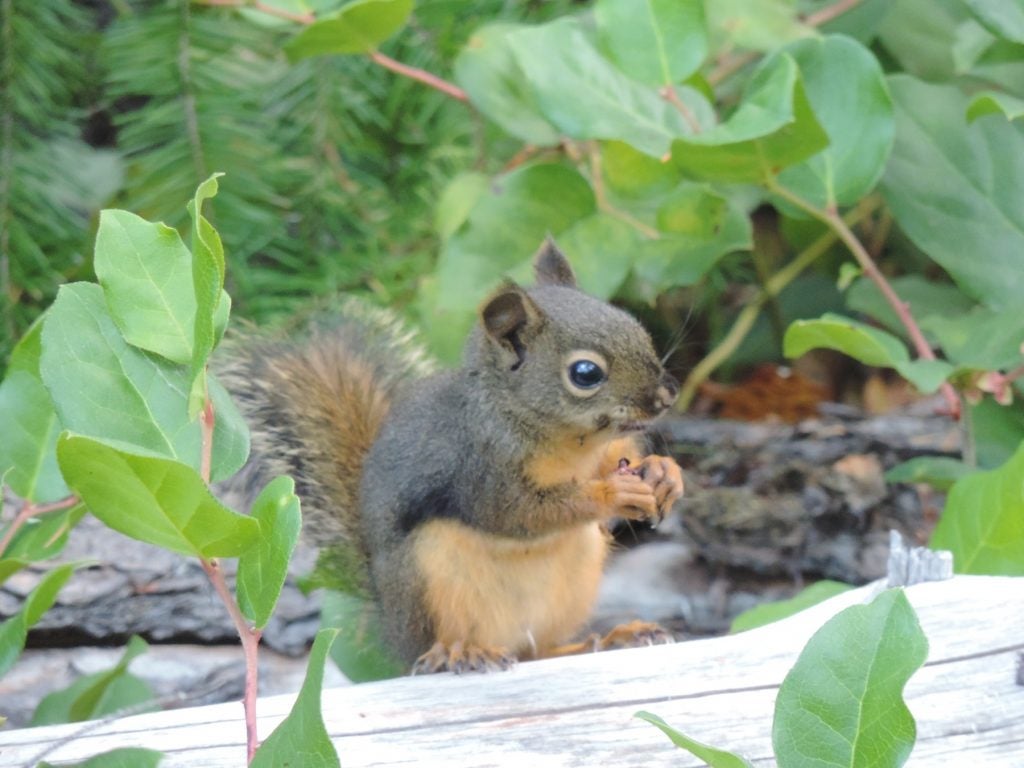
Image from The Dyrt camper Michael K.
I know, Cheetos are delicious. And when you love something, you want to share it. But that chipmunk can’t digest Cheetos like you can. When you give them delicious foods like Cheetos, it harms them and breaks national park rules. They can become aggressive, stop searching for food, and develop health conditions from an abnormal diet, or become reliant on humans, all of which can lead to accidents (for them or humans), then death.
Wanting to be friends with critters is admirable, and it’s tough to know the harm that can come from friendship. But it’s best to give the wildlife a wide berth so they can keep being their wild selves. Always carry a bear canister or make use of provided food storage lockers to help deter animals from approaching you, too.
4. Never Disrespect Your Neighbors
Love thy neighbor, even in the outdoors. Visitors might be unaware that disturbing fellow campers/visitors is taken as seriously as other national park rules in parks across the U.S. Skip the speakers, pop those headphones in, and headbang your way to victory.
Camping in close quarters can be tricky, which is why some national park campgrounds have quiet hours, alcohol bans, and other regulations. So do your neighbors a favor and turn down your favorite camping playlist and relax in front of the fire. Exhausted thru-hikers and eager dawn patrol acolytes will thank you for the chance to fall asleep to the sounds of bullfrogs and crickets, not a rehash of your most recent music festival lineup or dive bar exploits.
Most importantly, the park rangers deserve our admiration. Their jobs aren’t easy, and sometimes they have to do things they don’t like. They work hard in tough conditions for low wages. So even if they’re harshing your mellow, they deserve all the appreciation in the world.
5. Never Vandalize Surfaces
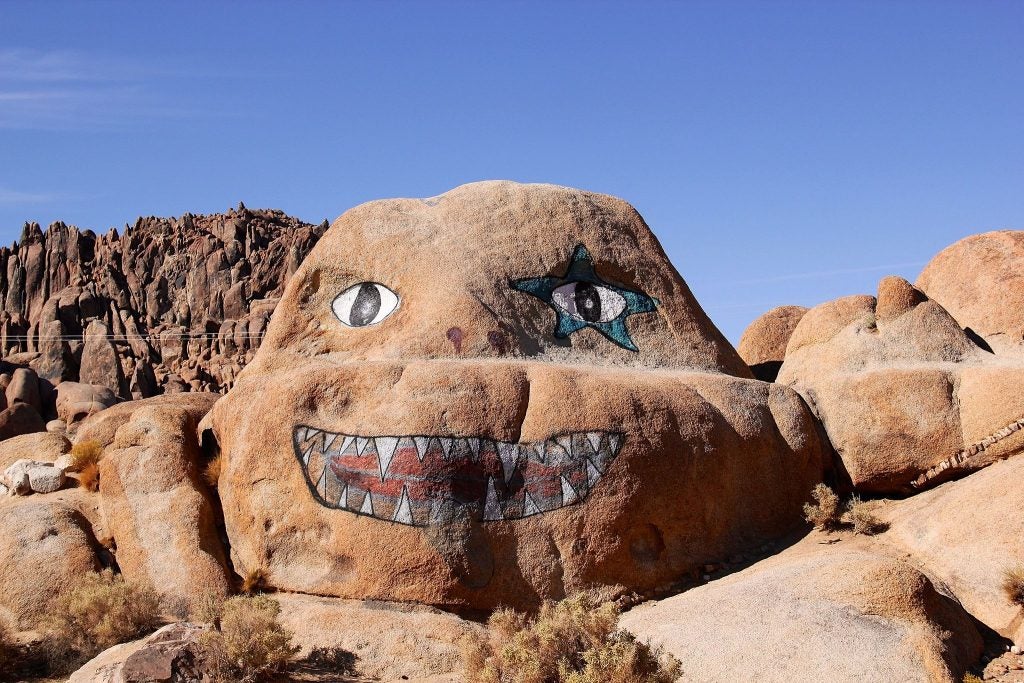
Image from daveynin, Wikimedia Commons
For centuries humans have been leaving their mark on rock faces, cave walls, and tree trunks. Sometimes those pictograms are an exciting feature worth long, dusty hikes to see for yourself, like the ancient hand prints and drawings at Chaco Canyon or the San Rafael Swell. Others started out as graffiti, but have since become an integral part of, say, the Oregon Caves National Monument that’s still evolving naturally.
Just because your predecessors left their mark, however, does not mean you get to, too. It takes a long time for artifacts to recover from desecration, if ever. Sometimes graffiti can be removed, but techniques like sandblasting and chemical stripping causes further damage to the environment, too. It’s best to leave well enough alone.
Defacement isn’t exclusive to carving names into rocks or spray painting prom-posals, either. Knocking over delicate rock formations wreaks havoc on geologic features that took Mother Nature millions of years to create. So does building campfires too close to rock faces— no, those scorch marks won’t just wash away during the next rain storm.
As much damage as social media can cause to the great outdoors (hence the debate over whether geotags are a good idea), these platforms can also be an excellent tool for catching vandals. If you see someone defacing nature, tell them to stop and report them to a Ranger. When that doesn’t work, take a photo or video and blast them all on social media. It works. Just ask the folks behind campaigns like Public Lands Hate You and You Did Not Sleep There, not to mention influencers using their platform for good like Brianna Madia.
6. Never Come Unprepared
National parks are regulated and mapped, but they still have large areas of undeveloped wilderness—that’s part of the point, after all. That’s why it’s important to always be prepared, or even a little over prepared. Bring ample food and water, plus backups— a few more energy bars than you need, for example, an extra water filter, or purification tablets if you’re traveling light.
Know what to do if the weather changes or your trip becomes longer than expected. Wear the proper shoes and apparel— save the stilettos for date night and remember that cotton kills. Always bring several layers, even if it’s slated to be a sunny, warm day. Pack a first-aid and survival kit and learn wilderness first aid skills. Carry a map and compass, even if you have a GPS device, and take an orienteering class to learn your way around sans-Siri. Bonus points if you learn survival skills like knowing what cloud formations can tell you about changing weather patterns and tricks to tell time without a clock.
Search and Rescue (SAR) is a great resource available to save visitors in need, but should be the last option. In 2017 alone, SAR cost the taxpayer almost $3 million, and experienced difficulties in finances and support during the government shutdown. That said, preparation is key to not only avoiding disaster, but also knowing when an emergency warrants alerting the authorities. If you’re traveling solo or into remote areas, it’s always a good idea to carry a personal locater beacon just in case.
7. Never Remove Anything
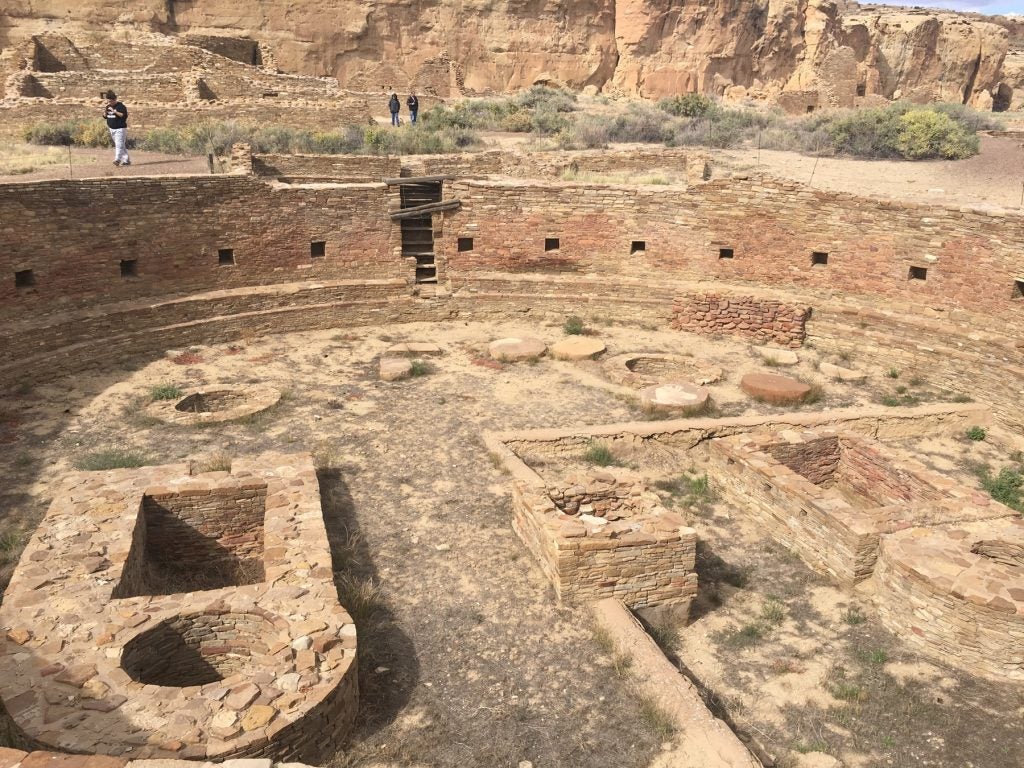
Image from The Dyrt camper Kelsey M.
Taking something from a national park can seem innocent; a nice rock, a pretty feather, or an unusual flower. Some visitors are more ambitious—taking things like fossils, civil war relics, or ancient artifacts. A few might do something especially egregious, like taking wildlife out of its natural habitat. Stealing anything from parks is a federal crime and a violation of Leave No Trace. Instead, leave only footprints, take only photos and memories.
Ecosystems are complex and delicate, so it’s important to leave things as they are. Not only that, removing bones, artifacts, rocks, or other items can also be a matter of cultural appropriation and disrespect to indigenous peoples who’s ties to the land predate the national parks system. If you’re unsure of the national park rules for certain activities, e.g., picking berries or foraging for mushrooms, ask a Ranger, or refer to the rules on that park’s website.
8. Never Leave Anything
Realistically, camping in a way that’s truly zero impact can be difficult. But we should all aim to Leave No Trace. Don’t leave ruts or foot prints off trail, tent/hammock impressions, or trample delicate plant species. Don’t leave toilet paper or feces anywhere that’s not a covered hole or toilet. Don’t leave vomit and dirty underwear strewn about, as two hikers did in a “drunken rampage” that killed off members of a rare fish species.
As many of us witnessed in the media, this is one of the many national park rules that went ignored when the NPS was shut down. Don’t leave gear, trash, recyclables, or food in your camping area, fire pit, or hiking trails. Did you know it takes a banana peel a month to decompose? An orange peel takes six months. It just goes to show, even seemingly “natural” waste can quickly pile up and negatively impact ecosystems in the process.
Do bring a trash bag to pack out your waste and any litter you encounter. Practice proper bathroom etiquette if you’re in the backcountry— yes, even though it feels gross to hike out a wag bag, used toilet paper, or a two-day-old tampon. And, of course, drink responsibly. Your body and the earth will thank you, and you’ll be safer if a wilderness emergency arises— or reduce your chances of causing one. We all thank you in advance for leaving Mother Nature better than you found her.
9. Never Mess with Fire
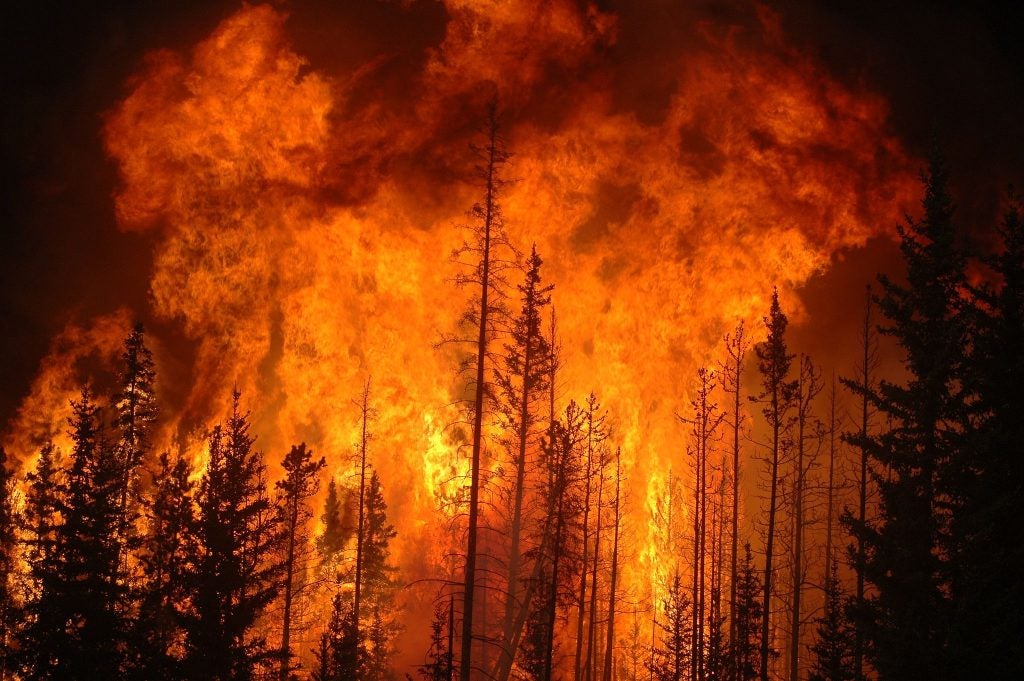
Image from Cameron Strandberg, Wikimedia
After accidentally starting a wildfire, country legend Johnny Cash famously told a judge, “my truck did it, and it’s dead, so you can’t question it.” He’s not the only one to suddenly find himself on the hook for a backcountry conflagration. People have been setting wildfires for years, sometimes by accident, and sometimes not. About 90% of forest fires in the U.S. are human-caused, and the results are devastating.
Campers can help prevent forest fires by following burn bans, leaving cigarettes of any sort at home, using a fire ring, and completely extinguishing fires. You can also mitigate common wildfire causes by avoiding campfires in favor of camping stoves, following proper gun safety protocols, and installing spark arrestors on motor vehicles.
10. Never Think You’re Exempt
Most of us do things that seem innocent but can break national park rules. It’s important to remember that none of us, no matter how well-meaning, are exempt from the national park rules. Here are a few examples of things people do that seem okay on the surface but be harmful:
- Painting memorial rocks for the departed. Paint is often toxic to the environment and can harm animals if ingested.
- Rock stacking. Crustaceans, nymphs, micro-organisms, fish eggs, and aquatic plants rely on those rocks to survive. Moving them disrupts the ecosystem. Rock stacks can also be mistaken for cairns, a very purposeful form of trailblazing. Even if your kids built the cutest pebble palace on the planet while taking a break, it could be confusing to hikers trying to find their way.
- Letting your dog wander off leash. There are all kinds of trail dangers for dogs that can be lessened or eliminated by staying on-leash. You won’t have to worry about your pup attracting predators and leading them back to you, falling off the trail, getting into poisonous or harmful plants, or getting aggressive with people or other dogs. Even if your #DyrtDog is well-trained and sweet as can be, you might encounter dogs that aren’t so chill, or people with a well-founded fear of strange, unleashed dogs.
- Camping outside of designated areas. Unless it’s an emergency, you’re making an unnecessary impact on your surroundings. Your tent, hammock, gear, and fire all leave a footprint. Unless you’re in an area like BLM land where dispersed camping is permitted, stick to official sites.
Popular Articles:
Articles on The Dyrt Magazine may contain links to affiliate websites. The Dyrt receives an affiliate commission for any purchases made by using such links at no additional cost to you the consumer.

